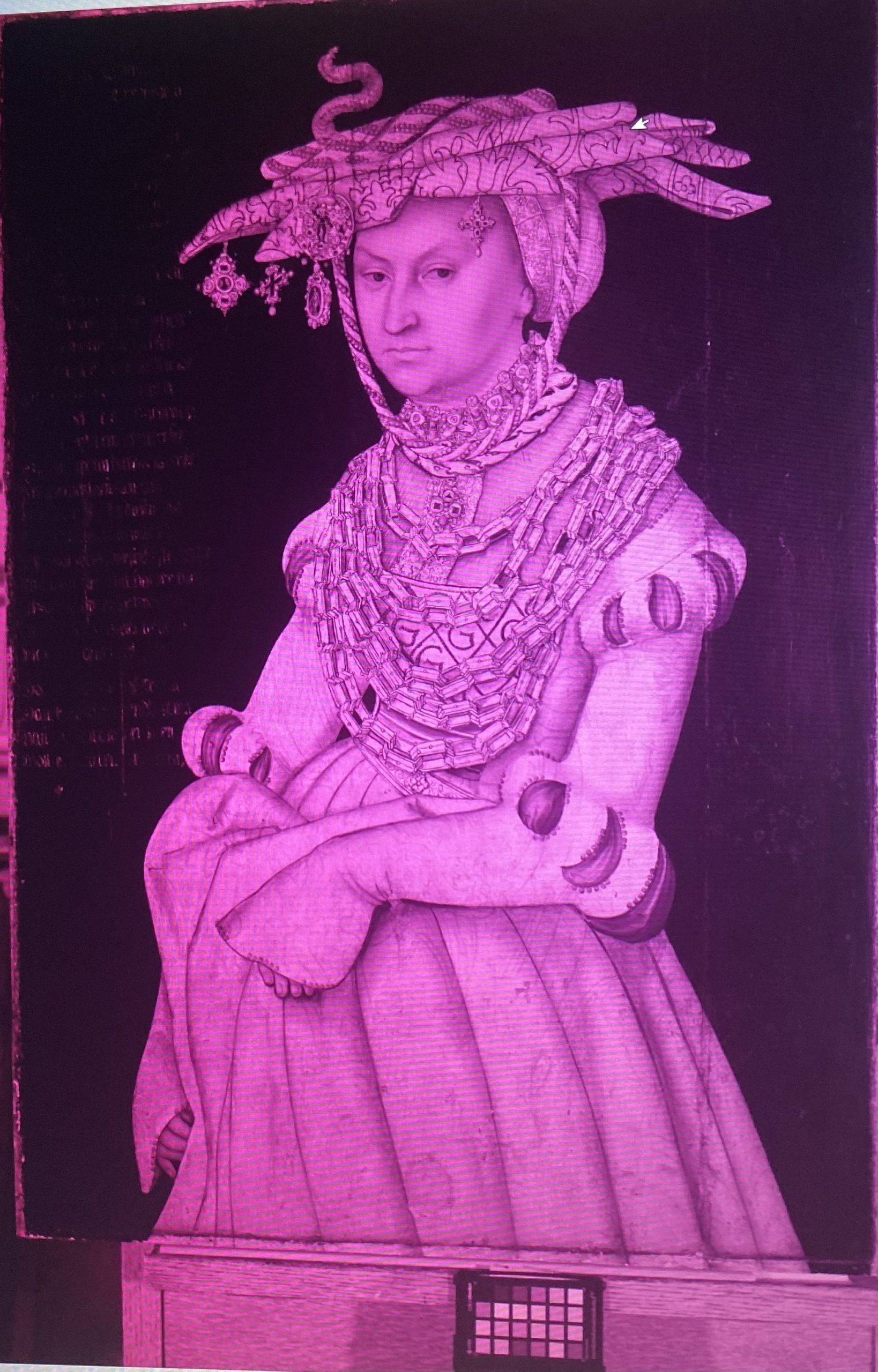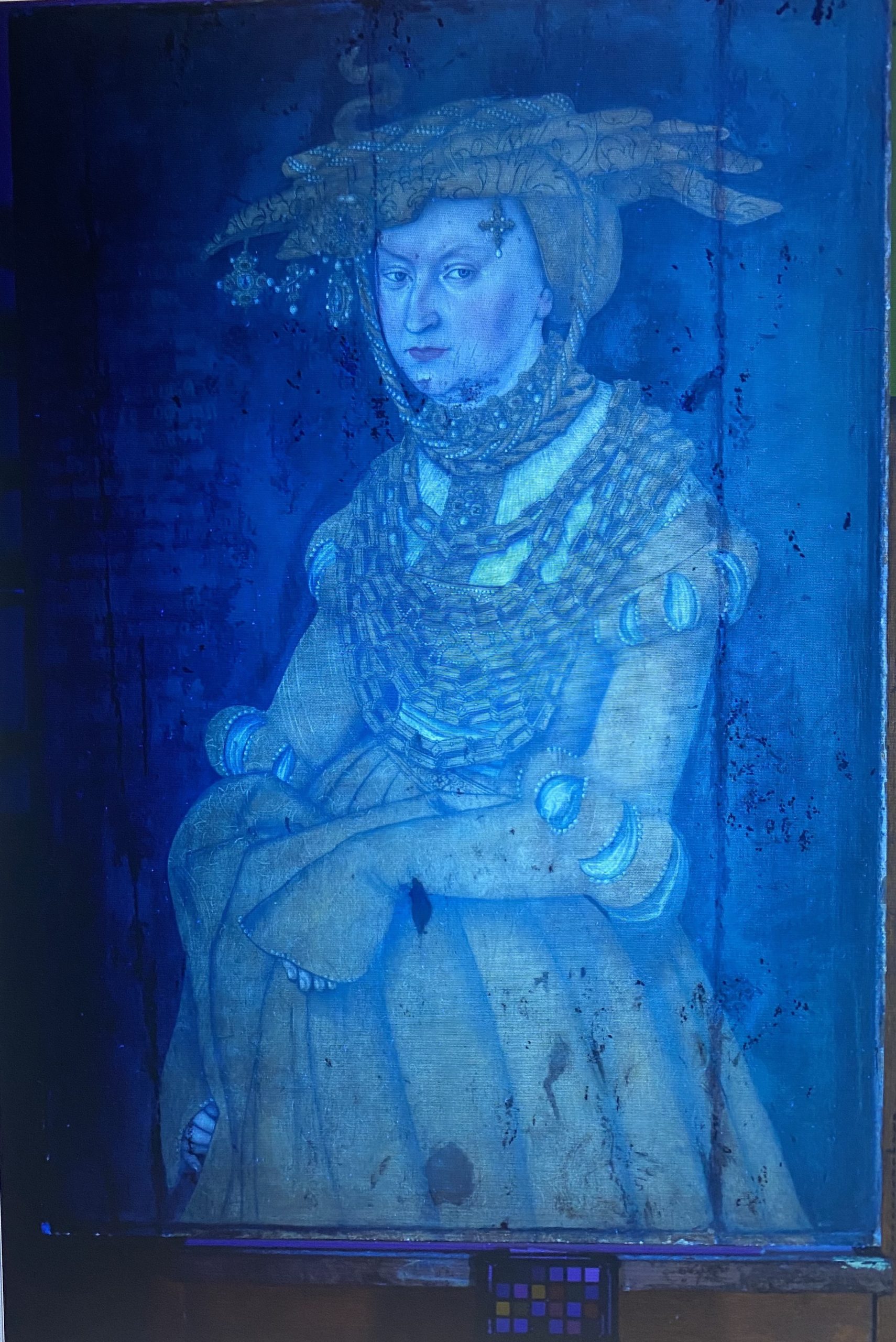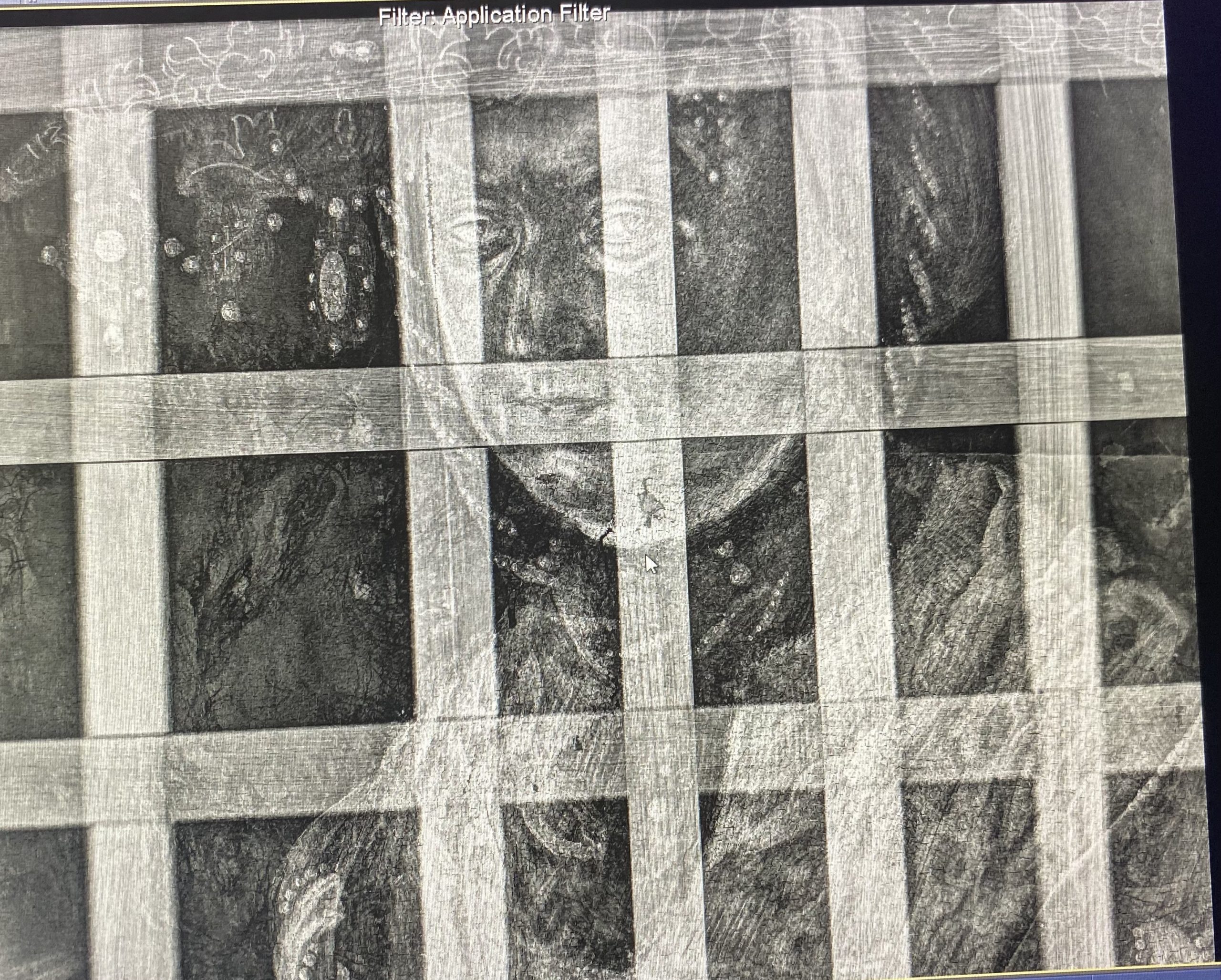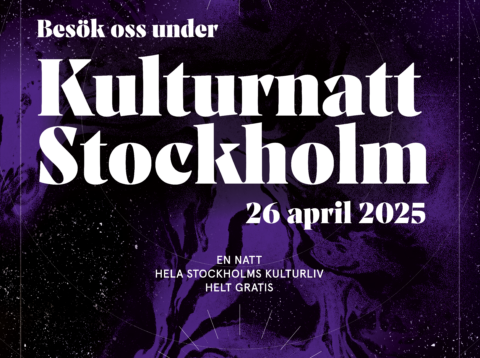Thiel Gallery launches collaboration with the National Heritage Board
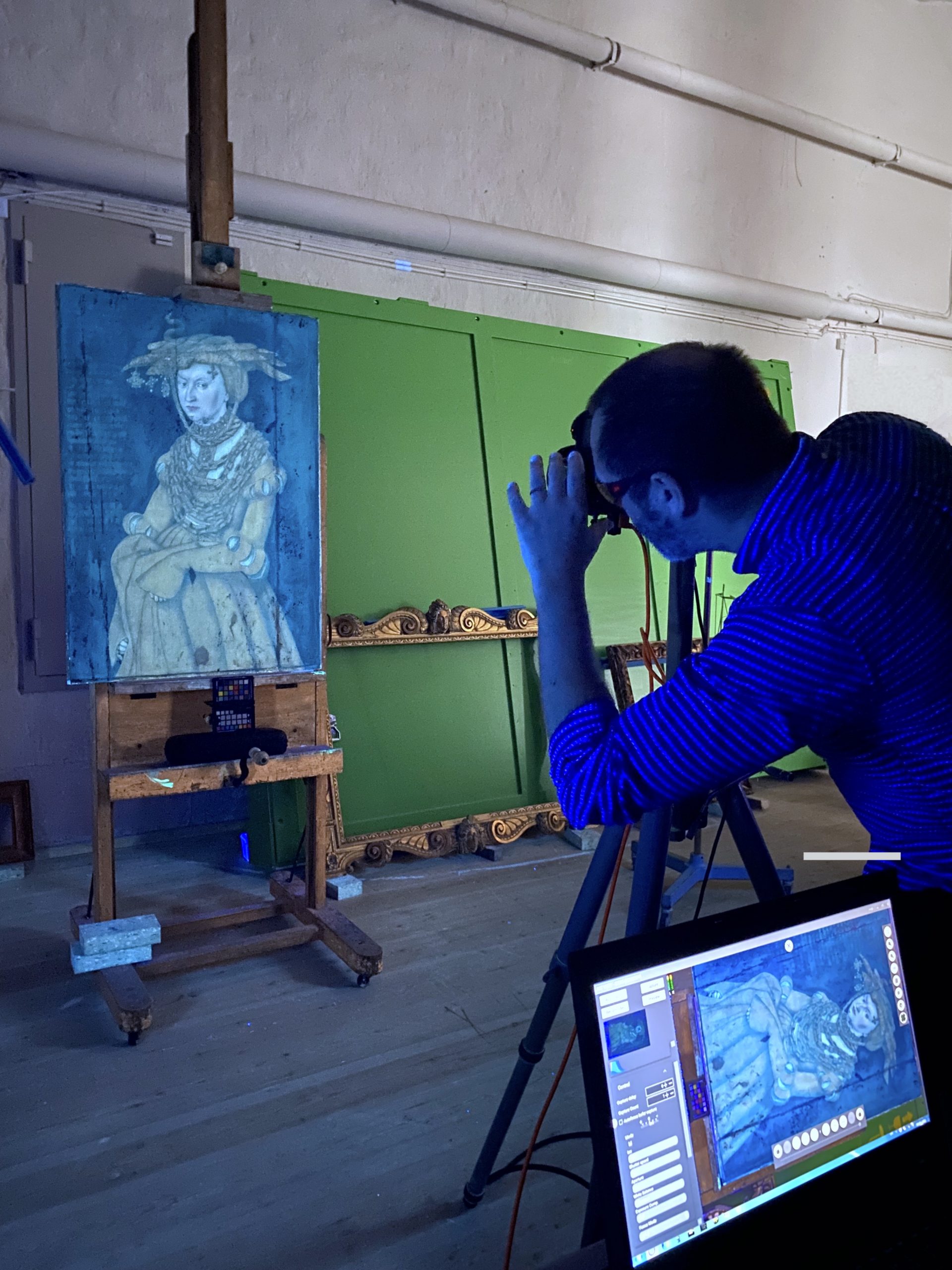
Conservation scientists from the National Heritage Board's Laboratory in Visby on Gotland are visiting the Thiel Gallery this week to photograph four old paintings in the collection with a mobile digital X-ray tube, UV and IR light. The works are attributed to Lucas Cranach the Elder, El Greco and Tintoretto, three of Europe’s most prominent Renaissance painters.
Digital technology reveals details immediately, enabling investigators to identify layers of restoration and repairs made over the years, to help confirm the age of the paintings. Tintoretto’s Pietà – purchased by Ernest Thiel from the German art dealer Paul Cassirer – turns out to be a patchwork of canvases in plain weave and twill, stitched together at different times.
“It was not just a matter of restoring and conserving old works as long as possible, but also of making them attractive on the art market,” says Charlotta Nordström, project manager of “Home Museum as a Digital Cultural Heritage – The Thiel Gallery”, and the initiator of the current examination of the paintings.
Vital clues
The National Heritage Board’s photographic documentation of the works will provide vital clues for the next stage, when international experts analyse and interpret the findings. Provenance research (finding previous owners) will be undertaken to trace the works of art as far back in time as possible in the hopes of establishing their origins. For its research on the history of the collection, the Thiel Gallery consults with the Italian art historian Sarah Ferrari, an expert on Venetian Renaissance painting, currently in the research department at Nationalmuseum in Stockholm.
The photographic examination of the reverse sides of the paintings will be completed on Friday, 7 May. Once these initial results have been analysed a further follow-up investigation based on the findings will be planned. A possible next step might than be to identify specific details, such as what pigments have been used compared to what is known about each artist's palette.
The National Heritage Board’s laboratory in Visby is a resource facility for government funded institutions, providing technological and scientific examinations of art within the framework of heritage science.
